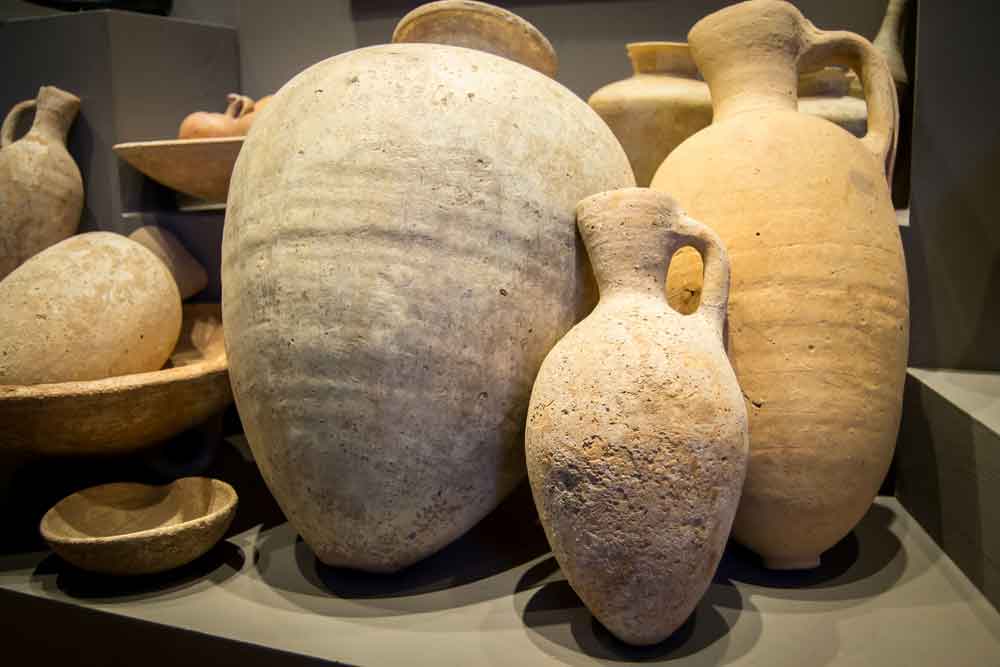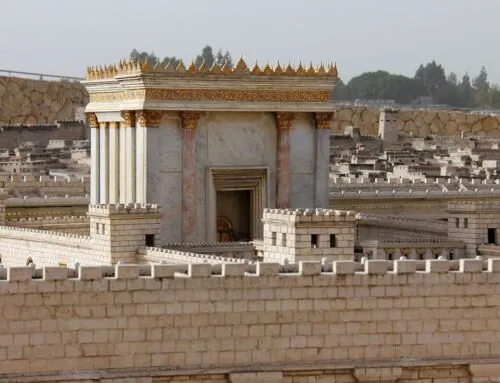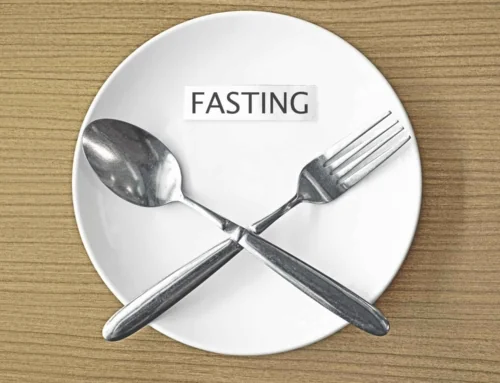Upon visiting Israel, you will come face to face with the area and buildings of the people who have lived here over the millennia, and experienced life in ancient Israel. While it’s easy to just look at the ruins and locations, there’s a human element that should not be overlooked. At one point these were not ruins and artifacts. There were people living, worshiping and working in these ruins. When you touch an ancient stone, take a moment and imagine the mason worker that laid that brick. Imagine the women walking by it from getting water at a well. Imagine a child running by to catch up to their mother. Imagine the life in ancient Israel.
What exactly was life in ancient Israel like? While we have no pictures or many first hand accounts of exactly what day to day life in ancient Israel was like, we do have the archeological and anthropological evidence to help paint a picture. What evidence do we see about life in ancient Israel?
Lighting Life in Ancient Israel
Just as we today don’t go to sleep as soon as the sun sets and need light, they did as well. Small oil lamps, often found in little nitches in stone walls are found throughout Israel’s archeological sites.
in 2020 a workshop was uncovered where oil lamps were made in Ramat Beit Shemesh. This workshop held hundreds of examples of oil lamps that didn’t just show how they lit their lives, but decor on the lamps also shows elaborate evidence of the period in the form of jewish menorahs, fish (widely known as a Christian symbol) and other motif’s that showcased life. Even then, a desire for self expression even in day-to-day needed items was common.
Toilets
Yes, even life in ancient Israel had bathrooms. While many people certainly just utilized the great outdoors or perhaps had a chamber pot they would use to collect and then dispose of at a more desirable time and location, others had far more elaborate latrines.
Toilets have long been discovered in the Israel. Beit She’an, Qumrum, and the City of David have all had toilets discovered. The facility in Beit She’an included a public restroom where men would gather to relieve themselves and talk at the same time. You can sit in the bathroom and have a talk with your friend today while visiting the park, but it is requested that everyone keep it… clean.
In 2016, a toilet thought to possibly have been apart of the old testament story. In order to carry out King Hezzekiah’s desire to whip out pagan idol worship, it is written that a toilet was placed on the pagan alter to desecrate it.
Recently, a toilet from 2700 years was discovered. It held spaces on it that would have been used for some sort of air freshener like incense.
Storage Jugs
Food storage was extremely important for life in ancient Israel. Food had to be properly stored to keep moisture and pests out. These would have held grains, oil, wine, dried fruits and beer. They would also keep clean water, sometimes catching it in jars when it would rain. As most people in Biblical days fell into the categories of farmer, fisherman, artisan (including carpenters and pot makers), jars would also be used for their vocations as well, storing seeds for the next harvest or salt for preservation of fish.
One famous use of jars and pots was the holding of the Dead Sea Scrolls in the caves. The shepherd boys who found the scrolls threw a rock inside a cave and heard the breaking of a clay jar. Upon investigating hoping to find treasure, they instead found the jars were holding scrolls.
There are many examples of jars throughout Israel. You can see collections in most sites you visit and even buy one as a souvenir!
When you are visiting these wonderful sites, make sure you take a moment to not just look at the ruins but remember to imagine it as place where real people lived their lives!
If you would like to find out more about planning a Holy Land tour of Israel, please contact Immanuel Tours for help and a no commitment proposal. We also don’t require any payment or deposit until 120 days prior to your tours’ arrival to Israel, so you can book with confidence!







